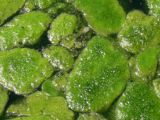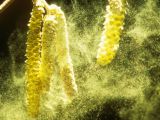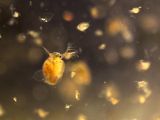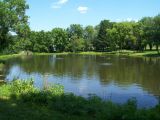In a recent paper in the journal Annals of Botany, researchers describe the rather odd behavior of a carnivorous plant that, quite often, embraces a vegetarian diet and feasts on algae and pollen grains rather than teeny tiny creatures it shares its habitat with.
The plant in question, known as the aquatic carnivorous bladderwort, populates lakes and ponds worldwide. Its habit to eat algae and pollen grains was first documented back in the 1900s. However, it was only recently that scientists figured out why the plant does not stick to a carnivorous diet.
How and why a carnivorous plant becomes a vegetarian
As mentioned, it was decades ago that researchers first figured out that the aquatic carnivorous bladderwort's diet was quite bizarre. At that time, they assumed that this plant ended up consuming algae and pollen grains after accidentally sucking them in together with its usual prey.
Simply put, it was said that the algae and the pollen were bycatch, and that the plant ate them not by choice, but because it didn't really have a say in the matter. By the looks of it, these assumptions concerning the aquatic carnivorous bladderwort's diet were wrong.
Thus, researchers now say that the plant purposely consumes algae and pollen grains. According to EurekAlert, evidence at hand indicates that it does so either when its usual treats are difficult to come by, or simply looking to keep healthy by embracing a more diverse diet.
Writing in the journal Annals of Botany, the scientists behind this investigation explain that, having taken the time to study this plant species, they found that specimens populating environments where tiny animals were few and far between were the ones most likely to also feast on algae and pollen.
Besides, it appears that, of the aquatic carnivorous plants that were studied as part of this research project, those that ate a combination of meat-based and vegetarian meals were the healthiest of the bunch. This indicates that this species' vegetarian diet is not an accident, but a choice.
How the plant get the algae and pollen it needs to survive
Specialists say that, to catch tiny animals, this plant relies on suction traps. It is equipped with bladders that, when stimulated, open valve-like doors. The opening and closing of the valve-like doors happens in the blink of an eye and lets the plant suck in water populated by teeny tiny organisms.
Once inside the traps, these organisms suffocate and die. Eventually, their bodies get broken down by digestive enzymes and become food for the plant. What's interesting is that, by the looks of it, the aquatic carnivorous bladderwort's traps can act even when not stimulated from the outside.
Researchers say that the plant evolved to be able to open and close its traps even when not receiving any external stimulation precisely because it wanted to be able to feed not just on tiny animals, but also on organisms that do not move on their own and therefore cannot trigger the valve-like doors.
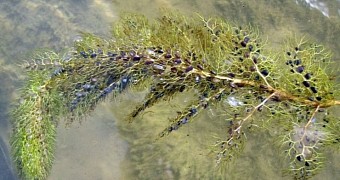
 14 DAY TRIAL //
14 DAY TRIAL // 
